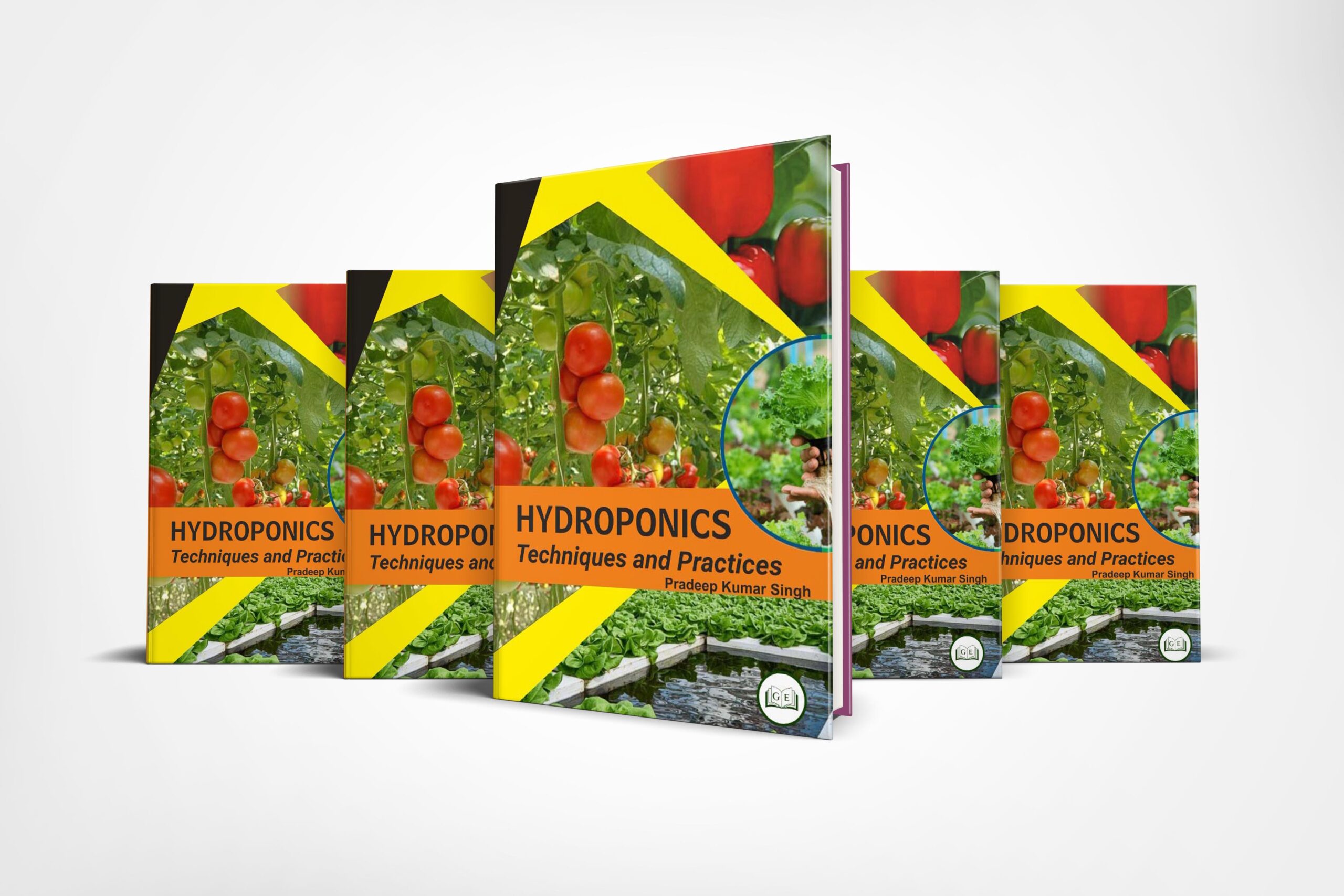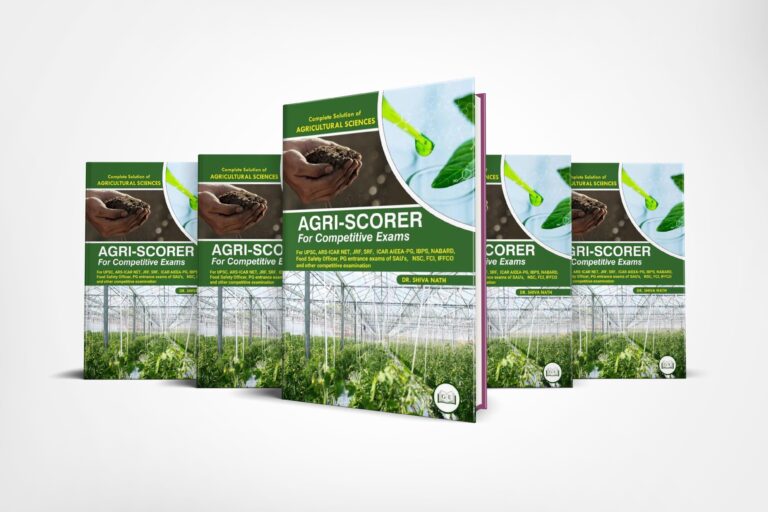Hydroponics is one such method of growing plants without soil, here nutrition and water mixture compensate for what the soil can essentially do in the growing process. Plants produced in hydroponics take up 20% less room than plants grown on soil. Soil quality varies greatly from one region to the next, and many plants have strong preferences for specific soil types, while hydroponics has no such restrictions. Hydroponic plants can grow with only 5-10% of the water required for soil-grown plants. This method can be used to raise organic vegetables without the use of soil contaminants.With hydroponics, you will be able to grow fruit, vegetables and spices without soil, using inert substrates and special systems to grow plants. Using this technique, you will be able to get double the harvest in a relatively short time compared to a traditional outdoor garden with soil and sunlight. The secret of hydroponic gardens is the use of mineral nutrient solutions in water, which is distinctly different from the traditional method of land and soil. The benefits are not only nutritional but also economic. The costs of cultivation are reduced, production is controlled and constant throughout the year. One of the advantages is the possibility of creating a luxuriant hydroponic garden in any available space, even if small or not very bright, such as a common home environment.
This book provides detailed information on how to design, set up, and operate hydroponic culture systems. The text describes the most successful growing cultures to use with specific crops and details media as well as hydroponic techniques. Chapters cover Introduction to hydroponics, site considerations, alternatives, hydroponics equipment, nutrient film technique (NFT) culture, rockwool culture, aggregate culture, other techniques: selected examples, greenhouse operation, plant culture in hydroponics, vegetable crops, berry and other fruit crops, flower crops, other crops, the management of a commercial hydroponic farm, hydroponics troubleshooting, pest, disease and weed management in hydroponics, plant nutrient solutions, automation of, protected cultivation technology, protected hydroponics structures and more. This book is ideal for agronomists, horticulturalists, greenhouse and nursery managers, progressive farmers, extension specialists, and people interested in soilless culture plants.
Contents
1. Introduction to Hydroponics
2. Site Considerations
3. Alternatives
4. Hydroponics Equipment
5. Nutrient Film Technique (NFT) Culture
6. Rockwool Culture
7. Aggregate Culture
8. Other Techniques: Selected Examples
9. Greenhouse Operation
10. Plant Culture In Hydroponics
11. Vegetable Crops
12. Berry and Other Fruit Crops
13. Flower Crops
14. Other Crops
15. The Management of a Commercial Hydroponic Farm
16. Hydroponics Troubleshooting
17. Pest, Disease and Weed Management in Hydroponics
18. Plant Nutrient Solutions
19. Automation of Protected Cultivation Technology
20. Protected Hydroponics Structures
Glossary
References
Index
Buy this book Click Here



